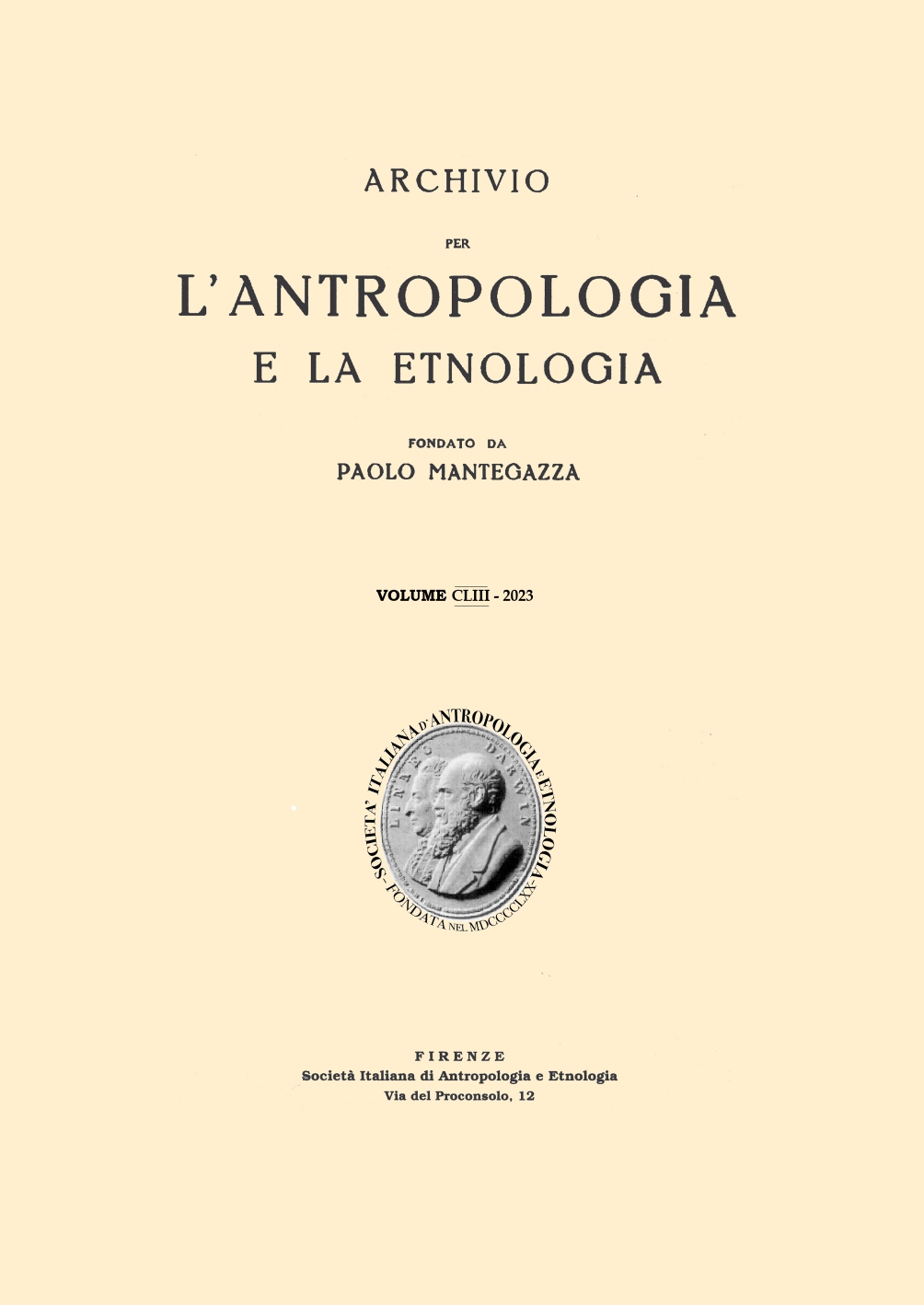Blunt weapons in the roman imperial army. A multidisciplinary approach to the clava from experimental archaeology to forensic anthropology

Published 2023-11-01
Keywords
- military equipment,
- funerary tombstone,
- blunt force trauma,
- trauma analysis
How to Cite
Copyright (c) 2023 Stefano Marchiaro, Matteo Borrini, Gianfranco Bongioanni

This work is licensed under a Creative Commons Attribution 4.0 International License.
Abstract
The wooden club (clava) is rarely associated with the image of Roman soldiers, perhaps because it was considered an unconventional weapon with ethnic attributes and/or specific combat roles. Nonetheless, it is attested in the archaeological record and some ancient texts. The panoply and the military career of the soldiers represented on the tombstones of Catavignus son of Ivomagus (1st century AD) and Marcus Aurelius Alexis (early 3rd century AD) offered us the possibility to reconsider the use of the club as an offensive weapon within the Imperial Roman army. The authors made a replica of the clava using historical tools and manufacturing techniques. A series of tests have then been performed to investigate the use of the club in combat. The possible traumas on human targets were also evaluated with a forensic anthropological approach. The results suggest the essential role of flexion and rotation of the kinetic chain «hip/shoulder/ arm» in wielding the clava. This movement requires a much more mobile combat style that can prove very effective against heavily armoured targets due to the weapon's high-impact force and a more extended reach than more conventional Roman sidearms.
